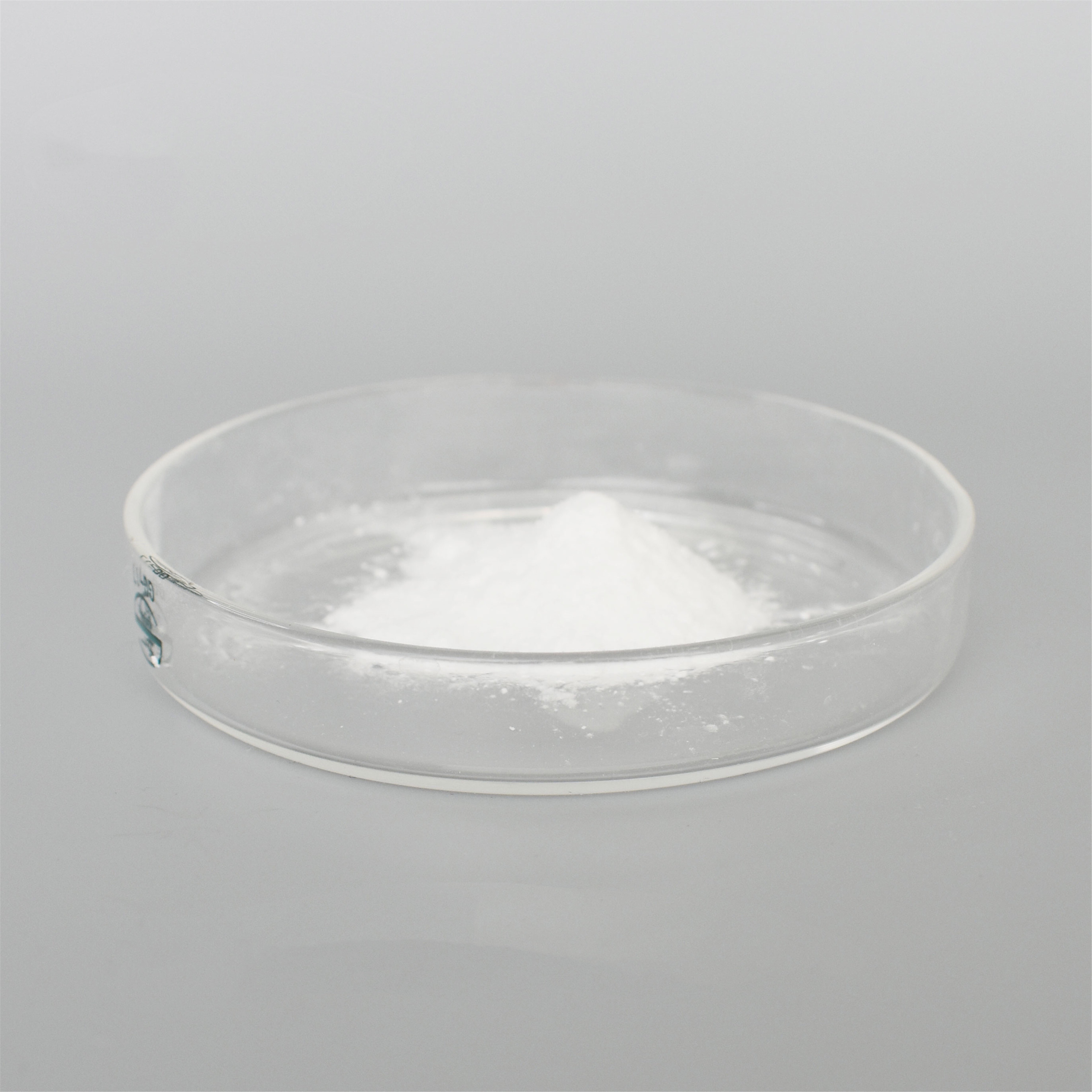
Privacy statement: Your privacy is very important to Us. Our company promises not to disclose your personal information to any external company with out your explicit permission.
Edit by Sharon
Ins:sharon_reborn_plla_filler
Linkedin: Sharon Zhao
Whatsapp: +86-13180812734
Different isomers of lactic acid can have different chemical and physical properties. These differences also translate to their corresponding polymer products. Due to the optical rotation of lactic acid, there are three corresponding types of polylactic acid:
PLLA (Poly L-lactic acid), CAS number is 33135-50-1.
PDLA (Poly D-lactic acid), CAS number is 106989-11-1.
PDLLA (Poly DL-lactic acid), CAS number is 51063-13-9.

Applications
Even without differentiating between the different types of PLA polymers, we already know some of its more common applications. They are all non-toxic, harmless, and biodegradable polymer materials.
The application of PLLA is the most extensive among them. Because the degradation product of PLLA is L-lactic acid already present in the human body, PLLA is most suitable for human implantation. The fact that it breaks down into non-toxic lactic acid makes it biocompatible and suitable for sutures, Dermal Fillers and implants that are meant to be absorbed by the human body.
High-molecular weight PLLA is the material of choice for stents and implants that need to maintain their mechanical properties over an extended period. PLLA takes several months to degrade, and this degradation time can be further extended by producing PLLA with higher molecular weight polymer chains.
They have been used for implants meant to facilitate the reconstruction of tendons and ligaments, as well as embolic materials for arterial embolization. PLLA has better chemical stability, better withstands enzyme degradation, and has a much longer resorption time.
PDLLA, on the other hand, breaks down inside the body relatively quickly. While this makes it unsuitable for long-term implants, PDLLA is actually one of the most well-researched bioplastics today.
Its resorption behavior has been studied to a point where scientists can predict when it will degrade under normal physiological conditions. This unique characteristic has made PDLLA an ideal material for many drug-release mechanisms.
We offer medical grade materials PLLA, PDLA, PDLLA and PLLA microspheres/PDLA microspheres/PDLLA microspheres. Contact us for more information.
LET'S GET IN TOUCH

Privacy statement: Your privacy is very important to Us. Our company promises not to disclose your personal information to any external company with out your explicit permission.

Fill in more information so that we can get in touch with you faster
Privacy statement: Your privacy is very important to Us. Our company promises not to disclose your personal information to any external company with out your explicit permission.